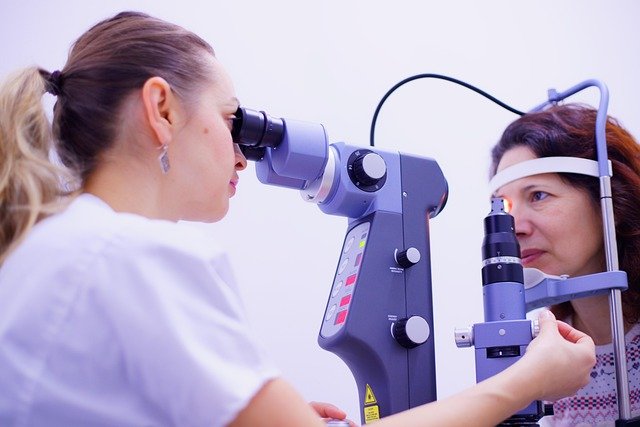Vertigo Treatment: Causes, Diagnosis, and Care Options
Vertigo describes a specific kind of dizziness where you feel as if the room or you are spinning. It can be brief and benign or a symptom of an underlying vestibular, neurological, or cervical issue. Understanding the difference between general dizziness and true vertigo helps guide treatment choices, which range from repositioning maneuvers and vestibular rehab to medications and targeted neck care. Early assessment can reduce falls, persistent symptoms, and overlapping problems such as neck-related pain or mobility limits.

This article is for informational purposes only and should not be considered medical advice. Please consult a qualified healthcare professional for personalized guidance and treatment.
What causes dizziness?
Dizziness is a broad symptom that can reflect low blood pressure, inner ear problems, medication side effects, anxiety, or neurologic conditions. When dizziness is described as spinning, clinicians typically consider inner ear causes such as benign paroxysmal positional vertigo (BPPV), vestibular neuritis, or Meniere’s disease. A careful history clarifying onset, triggers, duration, and accompanying symptoms (hearing loss, tinnitus, headache, or neck pain) helps narrow causes. Treatment targets the diagnosis: BPPV often responds quickly to positional maneuvers, while other causes may need vestibular rehabilitation or medical management.
How is vertigo diagnosed?
Diagnosis starts with a clinician observing eye movements and performing positional tests like the Dix-Hallpike maneuver to reproduce vertigo and nystagmus. Additional testing can include hearing assessments, vestibular function tests, and imaging such as MRI if neurological signs raise concern. Primary care physicians, otolaryngologists (ENT), neurologists, and physical therapists commonly evaluate vertigo; many communities also offer specialized vestibular clinics or local services for balance assessment. Accurate diagnosis is important because treatments vary: repositioning for BPPV, steroids or antiviral therapy for vestibular neuritis, and tailored rehabilitation for chronic vestibular deficits.
Can neck problems cause vertigo?
Neck or cervical dysfunction can contribute to a sensation of imbalance or dizziness in some people. The neck contains proprioceptors that inform the brain about head position, and painful or restricted cervical joints or muscles may send altered signals that affect spatial orientation. This association—often described as cervical vertigo—is debated and not always straightforward to prove. When suspected, assessment focuses on cervical range of motion, joint function, and pain. Treatment often combines manual therapy, posture correction, and exercise to restore normal cervical proprioception and reduce dizziness alongside neck symptoms.
Cervical vertigo: diagnosis and treatment options
When clinicians suspect cervical involvement in vertigo, they look for concurrent neck pain, recent neck injury, or changes in symptoms with neck movement. Imaging may be used to rule out structural causes but is not always diagnostic for cervical vertigo. Treatments that can help include physical therapy focused on cervical mobility and strengthening, manual therapy delivered by trained therapists, and vestibular rehabilitation that integrates neck exercises. In cases where pain limits progress, short-term pain management strategies such as topical or oral analgesics, ergonomic adjustments, or injections (when indicated) may be considered as part of a comprehensive plan.
Managing pain with vertigo and recovery strategies
Pain management is an important companion to vertigo treatment when neck or other musculoskeletal pain is present. Addressing pain improves participation in vestibular rehabilitation and repositioning maneuvers. Practical strategies include posture education, gradual exercise progressions, heat and cold therapy, and over-the-counter analgesics when appropriate. For persistent or severe pain, referral to physiotherapy, pain specialists, or multidisciplinary clinics that offer combined vestibular and cervical care can be useful. Fall prevention, home safety checks, and pacing activities help reduce the risk of injury during episodes of dizziness or vertigo.
Conclusion
Vertigo treatment depends on accurately identifying the cause and addressing contributing factors such as cervical dysfunction and pain. Many people benefit from targeted repositioning, vestibular rehabilitation, or combined neck and balance therapy, while others require medical or multidisciplinary care. Monitoring symptom patterns, seeking evaluation from appropriate local services, and coordinating care across specialties support safer recovery and improved function.






